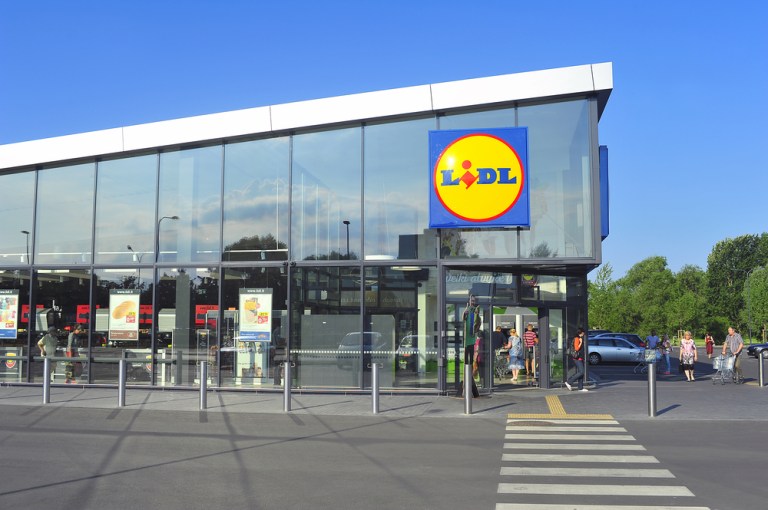Lidl is a price-based competitor similar to ALDI, though Lidl does have fresh, baked goods in-store and a higher volume of fresh produce on offer. Its customer service is also more highly rated than ALDI’s.
“They came in with a pretty big splash,” Jim Hertel, senior vice president at Long Grove, Ill., food retail consultant Inmar Analytics, The Business Journals reported. “But I don’t know that they offer anything superior except price.”
Kroger and Walmart — the ranking 800 pound gorillas in grocery — quickly responded to Lidl’s entrance with price cuts.
“My guess is they’re rethinking their strategy,” Hertel said. “Fifty-three stores is not what they came here to do. They have to feel they have a workable model with a scalable proposition. They might try to see their way to four digits of stores (at least 1,000) or take their ball and go home before they lose hundreds of millions of dollars.”
Lidl will continue to open more stores after opening 53 U.S. stores in six states along the East Coast since June 2017, U.S. spokesman Will Harwood said. But plans for new stores have been put on hold or abandoned entirely, and many have wondered what is next for the firm as it struggles to get a handle on the new market it is trying to enter.




